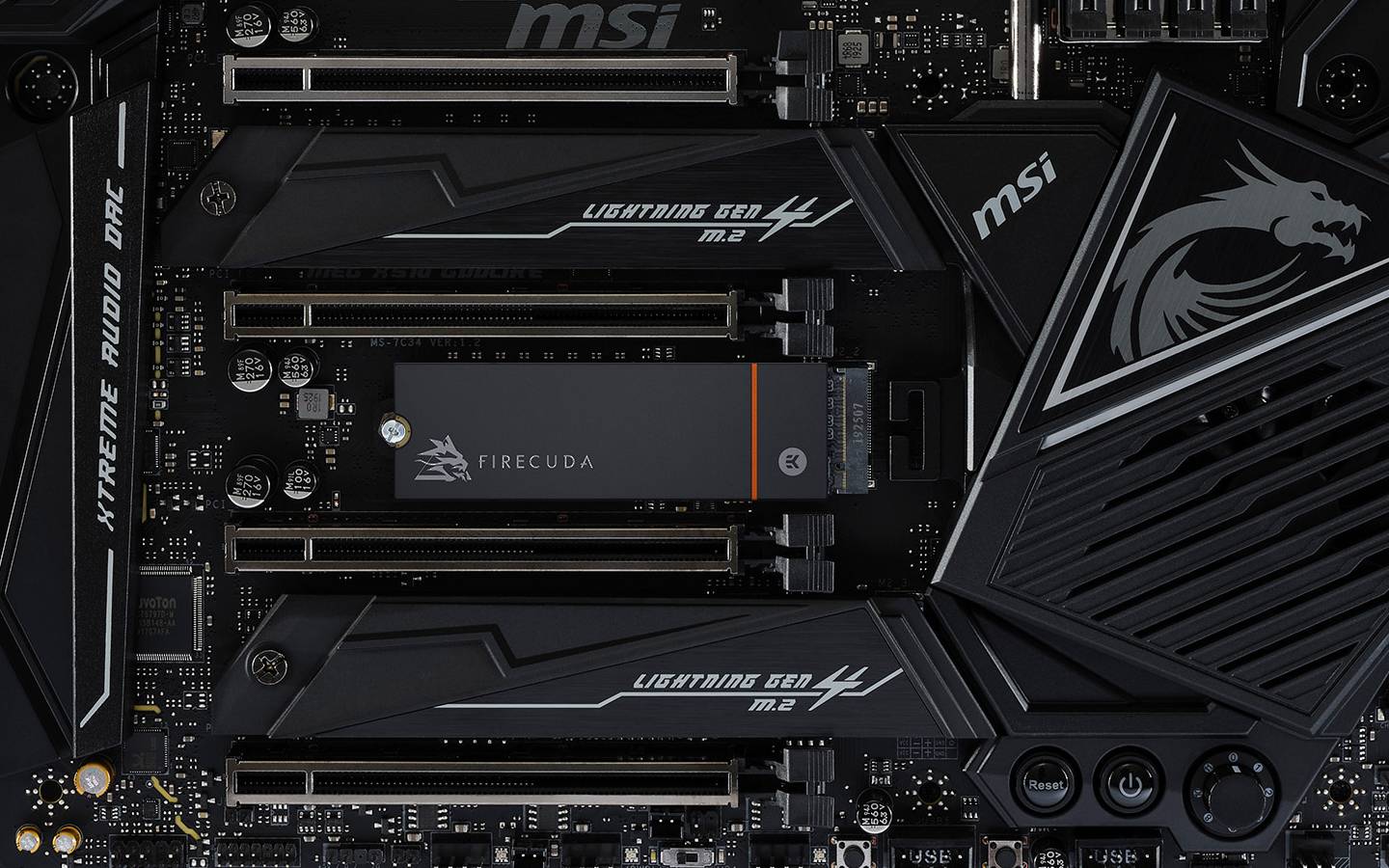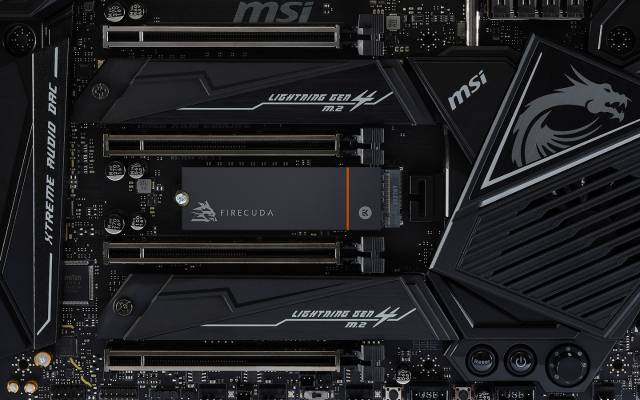Solid-state drives (SSDs) are designed to offer highly efficient storage performance and long-life expectancies. However, how you manage and maintain SSDs can also impact their efficiency and durability.
SSD trimming and garbage collection are two key processes for optimizing SSDs and supporting their performance over time. These procedures work in tandem to optimize the performance of your SSDs and increase the value your company derives from its storage infrastructure.
What Is the SSD TRIM Command?
SSD TRIM is a command that optimizes SSDs by informing them which data blocks are no longer in use and can be wiped. When files are deleted, the operating system sends a TRIM command, marking these blocks as free for reuse. This prevents performance degradation by avoiding unnecessary write operations and aids the SSD garbage collection process, which consolidates free space efficiently. TRIM extends the SSD’s lifespan by reducing wear and ensures sustained high performance. Modern operating systems usually support and enable trimming by default. The SSD TRIM command also supports a process known as over-provisioning.
Maintaining storage disks and removing unnecessary data from those devices depend heavily on the TRIM process. Even after the end user deletes the data, it occupies space on an SSD until it is removed. Up to that point, the drive’s efficiency may be impacted by the occupied storage space, which will reduce the available capacity.
SSD TRIM facilitates better management of that storage space by identifying data that can be deleted and written over.
How Does the SSD TRIM Command Work?
SSD trimming allows the operating system to inform the SSD which blocks of data are no longer considered in use and can be erased. Here’s a step-by-step breakdown of how SSD trimming works:
- File Deletion or Overwriting: When a file is deleted or overwritten on an SSD, the operating system sends a TRIM command to the SSD to indicate data in the specific blocks is not needed.
- Marking Blocks: The SSD controller then receives the TRIM command and marks these blocks as invalid or free. Instead of immediately erasing the data, the SSD just notes that these blocks can be used for new data in the future.
- Updating the Mapping Table: SSDs use a mapping table to keep track of where data is stored. When a TRIM command is issued, the SSD updates this table to reflect the blocks specified in the TRIM command are now free and available for new data.
- Postponed Erase: Unlike traditional hard drives, SSDs don’t immediately erase data when it’s marked as deleted. Instead, the actual erasure is postponed until the SSD garbage collection process runs. This helps improve write performance since the drive doesn’t have to erase data before writing new data to the block.
- Garbage Collection: During idle periods, the SSD’s garbage collection process runs in the background. It consolidates free space by physically erasing the blocks marked by the TRIM command. This process helps prepare the drive for future write operations and improves efficiency.
- Wear Leveling: The SSD controller uses wear leveling algorithms to ensure data is evenly distributed across the memory cells. This is crucial because NAND flash memory cells have a limited number of write/erase cycles. By spreading out the wear, the drive life can be extended maximize.
- Performance Optimization: By marking blocks as free and performing garbage collection during idle times, trimming helps maintain high write and read speeds. Without the TRIM command, the SSD would eventually slow down as it has to perform additional operations to clear old data before writing new data.
What Is Garbage Collection and How Does It Work?
Garbage collection is a process used by SSDs to manage and clean up unused data blocks. It helps keep the SSD running efficiently by organizing and clearing out space that’s no longer needed for storing data.
When you delete files on your computer, the operating system marks the space they occupied as available, but the data isn’t immediately erased from the drive. Instead, this data sits around until the SSD garbage collection process comes into play. This procedure runs in the background, often when the SSD is idle.
During garbage collection, the SSD controller identifies blocks of data that are no longer in use, thanks to the TRIM command. It then consolidates the valid data (data that’s still needed) into fewer blocks. This frees up larger chunks of space by grouping the remaining valid data together and erasing the unneeded blocks. This helps maintain high performance because it ensures the SSD has plenty of free space available for new data.
In simple terms, garbage collection is like cleaning up a messy room. It sorts through the items (data blocks), keeps what you need, and throws away the junk (unused data). This keeps the SSD organized and running smoothly.
Garbage collection can also support wear leveling on SSDs to make sure workloads are evenly distributed across all cells over time, further extending the longevity of your storage drive.
SSD Trimming vs. Hard Drive Defragmenting
Seagate FireCuda Hard Drive and FireCuda SSD
SSD trimming and hard disk drive (HDD) defragmenting are both maintenance processes, but they serve different purposes and function differently due to the distinct nature of SSDs and hard drives.
Trimming is used for SSDs. When you delete a file, the operating system sends a TRIM command to the SSD, indicating which data blocks are no longer needed. The SSD then marks these blocks as free and ready for new data. This process helps manage the free space more efficiently, maintains the drive’s performance, and extends its lifespan by reducing unnecessary write operations.
Defragmenting is used for HDDs. Over time, as files are created, deleted, and modified, they can become fragmented, with pieces of the same file scattered across the disk. Defragmenting reorganizes these pieces, placing related data closer together. This reduces the time the drive’s read/write head spends moving around, speeding up data access and improving overall performance.
The TRIM command helps SSDs efficiently manage free space and reduce wear, while defragmenting helps hard drives reorganize fragmented data to improve access speed. Trimming optimizes data management while defragmenting physically rearranges data on the disk.
So, while HDD defragmenting can improve the performance of a hard drive, defragmentation isn’t beneficial to SSDs because they don’t feature moving read/write heads. In fact, defragmenting an SSD can increase wear and tear on the drive, while trimming delivers essentially the same result while improving the drive’s longevity.
Why Are SSD Trimming and Garbage Collection Important?
Seagate SSD
SSD trimming and garbage collection are necessary to preserve the functionality and durability of SSDs. The TRIM command is crucial because it tells the SSD which blocks of data are no longer needed when files are deleted. This marks the blocks as available for new data, so the SSD manages its free space more effectively. Without trimming, the SSD would not have a clear understanding of which blocks are free, leading to a less organized storage layout. This inefficiency forces the SSD to perform additional operations to find usable space, which can significantly slow down write speeds and overall performance. By reducing unnecessary write and erase cycles, the TRIM command helps avoid wear—and extends the drive’s life cycle.
Garbage collection is equally important as it cleans up and organizes data on the SSD. As data is written, deleted, and modified over time, the drive can become fragmented, resulting in valid data scattered across various blocks. Garbage collection consolidates this valid data into fewer blocks, freeing up larger contiguous areas of free space. This prevents the drive from becoming cluttered with outdated data, which would otherwise hinder its ability to efficiently allocate space for new data. By reorganizing the data during idle times, garbage collection helps the SSD remain fast and responsive during active use, avoiding performance degradation.
Best Practices for SSD Maintenance
Effective SSD maintenance can be largely automated to ensure consistent care for the drive while minimizing labor needed to support the drive’s performance and longevity.
Here are two best practices every SSD owner should implement:
Regular SSD Trimming
The ideal frequency of SSD trimming may depend on the storage capacity of your SSD and the total workload placed on that drive. In general, many devices benefit from automated SSD trimming on a weekly basis, although PC users may be fine with the process happening bi-weekly or even monthly.
In high-usage scenarios, trimming may be most beneficial when performed every few days.
Avoiding Overfilling SSDs
If SSDs get too full, their short-term performance can suffer, and the wear and tear on the drive may increase, as well. Many experts recommend limiting SSD usage to only 80% of its total capacity. If you regularly surpass the threshold, you may want to add capacity to alleviate the burden placed on your drive.
Do Windows and MacOS Support SSD TRIM?
TRIM Support on Windows on Mac OS
Most Microsoft® Windows® and Apple® Macintosh® OS devices support SSD trimming, especially newer versions released in the last few years.
However, not every device will have SSD trimming enabled. To make sure trimming is turned on and functioning on your device, follow these steps:
Windows Supports SSD TRIM
All currently available versions of the Windows OS currently support SSD trimming.
MacOS Supports SSD TRIM
SSD trimming is supported on all Mac operating systems, starting with OS X Lion (10.7). But MacOS only auto-enables trimming for Apple-supplied SSDs. If you’ve added your own SSD to your Apple device, you may need to manually enable SSD trimming.
How to Enable Trimming on Windows
You can use the Windows command prompt to quickly verify SSD trimming is enabled. If trimming is disabled, you can enable it by entering the following prompt:
“fsutil behavior set DisableDeleteNotify 0”
How to Determine Whether MacOS is TRIM-Enabled
You can view your Mac OS device’s TRIM setting by going to About This Mac > System Report > Hardware > SATA/SATA Express and scrolling down to TRIM Support.
If this item is set to “Yes,” SSD trimming is enabled. If not, you can enable it by going to the Terminal application, enter the following prompt:
“sudo trimforce enable”
And entering “Y” when prompted to turn on TRIM.
Optimize Your SSD Performance and Longevity
While SSD trimming and garbage collection may take place behind-the-scenes, these processes are vital to the optimal operation of any solid-state drive.
By ensuring that these processes are enabled on your devices, you can promote a critical maintenance function that will keep your SSD operating at peak performance for years to come.
Seagate is committed to supporting the full lifecycle of your storage products. This is why—along with our SSD and hard drive solutions—we provide maintenance recommendations and supportive services that keep your hardware operating at the highest level possible.












